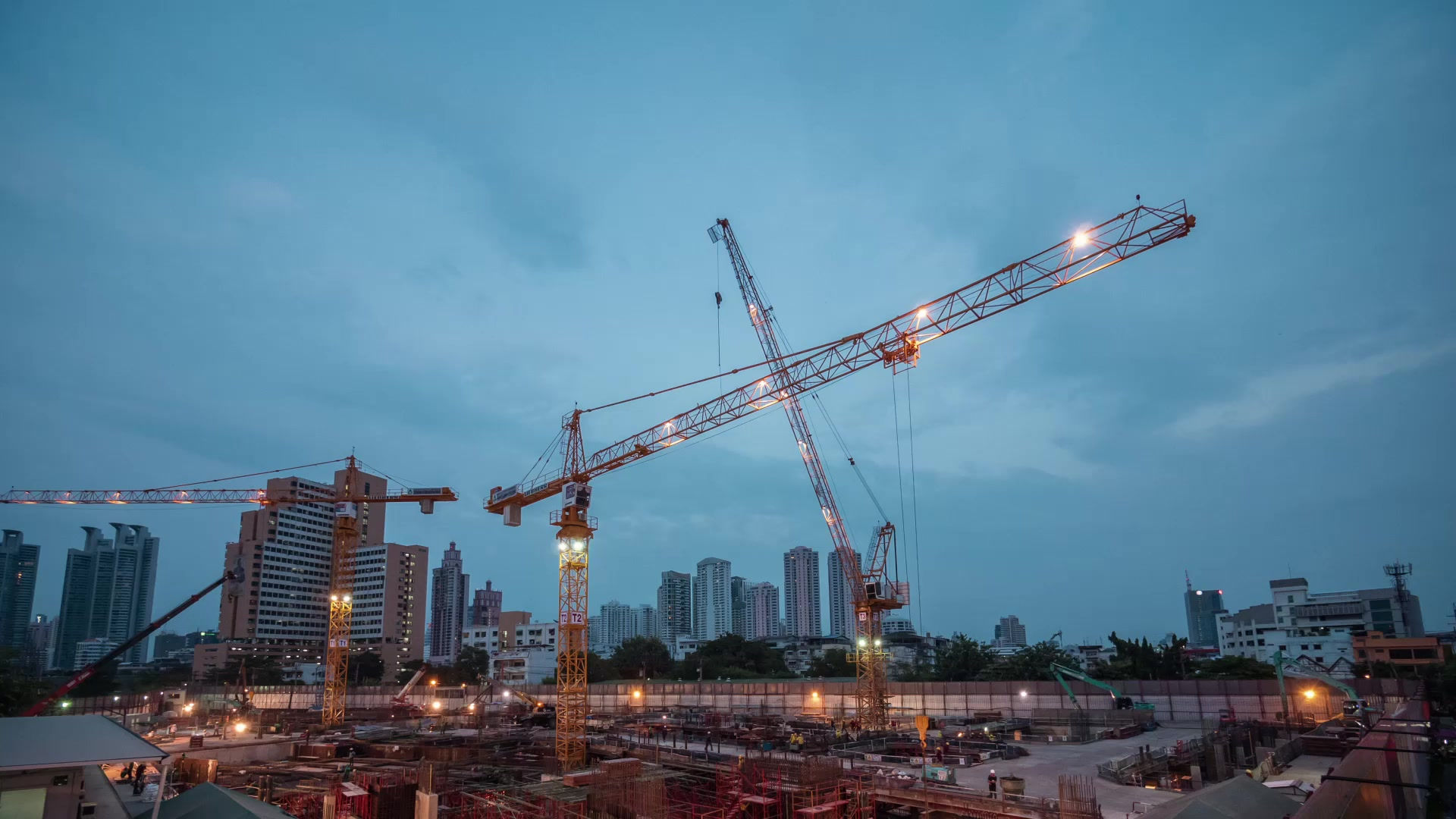How Environmental Factors Impact the Glass Tempering Process
- Booker

- Nov 8, 2024
- 2 min read
If your glass processing facility is located in an area with significant seasonal temperature shifts, you’ve likely noticed how outside air temperature can affect your glass tempering results. In this guide, we’ll cover key strategies to maintain optimal glass tempering quality, regardless of environmental conditions.

Understanding Air Temperature’s Impact on Tempering
In most glass tempering processes, outside air is used to create the necessary quenching pressure. Air temperature influences the tempering effect through the heat transfer coefficient: cooler air enhances heat transfer, resulting in more effective tempering. Although this effect may be minor, it becomes significant with thinner glass (3-4 mm), where temperature fluctuations can cause noticeable differences in the tempering process. For instance, at +35°C, thinner glass may be challenging to temper adequately, while at -20°C, it fragments with ease, demonstrating the substantial impact of temperature.
To ensure consistency in glass tempering, here’s a five-step guide for managing these environmental fluctuations:
1. Equip Your Tempering Line to Handle All Glass Thicknesses
Before investing in a tempering line, confirm it can temper the thicknesses you need under all temperature conditions. For thinner glass, like 3 mm, conventional blowers may struggle to maintain tempering quality on hot days. A more reliable option for thin glass is to use compressed air quenching technology, known as a boost unit, which provides stable air pressure and temperature regardless of outdoor conditions. The boost unit’s compressed air system releases controlled, consistent air pressure, ensuring uniform tempering for thinner glass.
2. Ensure Operators Understand Temperature Effects
Operators play a crucial role in managing tempering adjustments based on air temperature. Warmer outside temperatures typically require higher quenching pressure. Without adjustments, glass tempered later in the day, as temperatures rise, may not reach full tempering quality. Operators need to monitor temperature shifts and modify settings accordingly. To reduce risk, you may want to explore automation options.
3. Consider Process Automation
Automation can significantly ease the challenge of fluctuating air temperatures. Many advanced tempering lines, such as those from Glaston, include an automated feature that adjusts tempering settings based on real-time temperature measurements. This automated adjustment ensures consistent quality, no matter the outside temperature.

4. Optimize Energy Efficiency by Managing Tempering Air Intake
Typically, tempering air is drawn from outside, but in areas with wide temperature variations, a combination of indoor and outdoor air may improve efficiency. For instance, during winter, mixing indoor and outdoor air can stabilize the tempering environment and reduce heating costs. This approach not only saves energy but also ensures better process stability.
5. Maintain Adequate Air Quality
In regions prone to storms or dust, air quality is a critical consideration. Installing filters on air intakes can prevent particles like sand or large dust from entering the tempering line, protecting the equipment and ensuring consistent air quality throughout the process.
By following these five steps, you can minimize the impact of environmental changes on your glass tempering process. Not only will this approach help you maintain quality standards, but it can also optimize energy use, ultimately lowering operational costs.
If you have questions or need further guidance on how environmental factors might be affecting your glass tempering process, feel free to reach out. We’re here to help









Comments